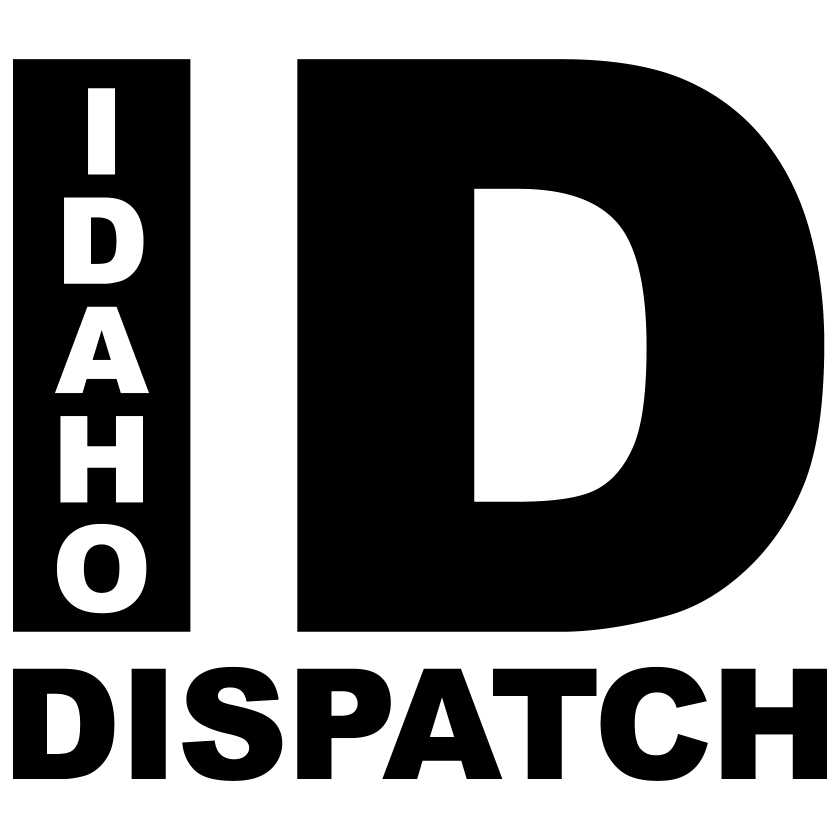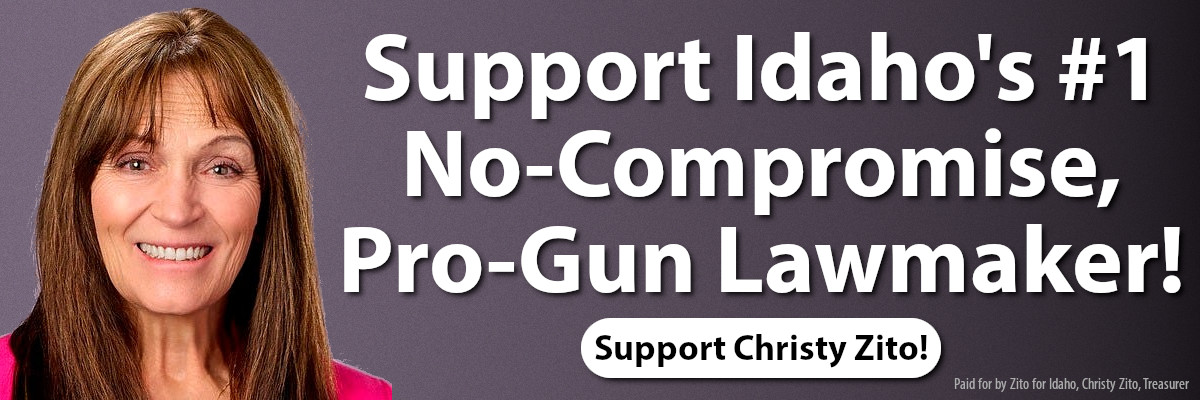
The Ramifications and Reality of Breaching the Dams of the Pacific Northwest – Part 2
By Sarah Clendenon • April 14, 2024What are the ramifications and true reality of breaching the dams of the pacific northwest (PNW)?
Please begin with our first article. Here in Part 2, we bring you additional information on the potential effects of dam breaching on the movement of wheat and other grains from Idaho, Oregon, and Washington farms to the Portland harbor for distribution worldwide. According to the Port of Portland, “The Portland harbor exports the largest volume of wheat in the United States” and “The Columbia River is the third largest grain exporting center in the world.”
In particular, this installment addresses omissions from the Columbia River System Operations Environmental Impact Study (CRSO EIS) and potential conflicts of interest identified by the Columbia-Snake River Irrigators Association (CSRIA).
CSRIA’s Who We Are page explains,
“The Columbia-Snake River Irrigators Association (CSRIA) represents many of Eastern Washington’s most prominent farming operations, with its members irrigating about 300,000 acres of prime row crop, vineyard, and orchard lands. The CSRIA works directly with its sister organization, the Eastern Oregon Irrigators Association, collectively bringing about 400,000 acres of irrigated lands into bountiful production.”
CSRIA 2024 Mission Statement:
The CSRIA will “keep the water at the pumps,” and it will work to enhance access to new water supplies for its irrigation, industrial, and municipal members.
The CSRIA supports water resources projects that are economically sound and promote the direct interests of water right holders and the communities that serve our economic base.
The CSRIA supports stewardship and environmental benefits based on sound economic policies for water resources management.
In a memo sent in September 2020 and addressed to CRSO Agencies EIS Managers and Interested Parties, CSRIA discusses the omission of options other than the complete breaching of the four dams, information on the need for an in-depth discussion of the impact this option would have on rail lines, and a potential conflict of interest in regard to the individual tasked with submitting the navigation and transportation impact portion of the EIS.
“The National Environmental Policy Act (NEPA) and its “Regulations Implementing the Procedural Provisions of the NEPA” dictate that a federal agency EIS [Environmental Impact Study] must include a review of relevant alternatives to the proposed action (preferred alternative) that manifest “reasonable courses of action… with information sufficient to permit a reasoned choice for the agency to evaluate…” While newly updated NEPA Regulations streamline review efficiency, alternatives to the proposed action must be identifiable with the “spectrum” of alternatives being analyzed.
The Final EIS contains no analytical review of Lower Snake River dam breaching/pool drawdown measures other than the complete, four-dam breaching alternative. Other potential hydro project alternatives affecting dam beaching or pool drawdowns are invisible and impossible to consider under the EIS review. The Final EIS presents a “worst case scenario,” avoiding a cogent picture of less disruptive hydro project measures that also could meet multiple project and ESA objectives.”
Specific to the irrigation aspect of the study, CSRIA concluded,
“The Final EIS irrigation sector impact analyses are impressively insufficient, lacking an experienced and fully engaged level of review.
From CSRIA’s perspective, the USBR [United States Bureau of Reclamation] placed little energy into assessing irrigation sector impacts on the Lower Snake River system, because they had no operational experience within the area, and they simply wanted to “get it done”…
The end result of the Final EIS is to underestimate the empirical and economic impacts to private sector irrigation projects along the Lower Snake-Upper McNary Pool river system.”
In the navigation-transportation arena, CSRIA is also very critical, saying,
“As with the irrigation sector, technical analyses for the navigation-transportation sector did not sufficiently commence until late in the EIS preparation process. Nor did this analysis receive much, if any, structured input from parties that had raised key technical concerns. The analysis problem focuses on an alternative rail route for grain shipments, where grain is no longer being shipped by river barge under a four-dam breaching operation.
The Draft EIS did not incorporate into its alternative rail route analyses operation of the main WATCO-Union Pacific rail line that borders the Lower-Snake (and Columbia) River system. This is a high-capacity line capable of moving increased grain volume.
The CSRIA has prepared two technical memorandums that outline the analyses problem, and that the omission of the alternative rail route in the TOM [Target Operating Model] analyses leaves a deceptive quality to the EIS analyses. …more effort was placed on avoiding the WATCO-Union Pacific route analysis than actually integrating it into the TOM analyses.”
The person listed as the primary author of the navigation-transportation section of the Draft EIS is Professor Eric Jessup, the Director of the Freight Policy Transportation Institute at Washington State University.
Although that is Jessup’s title at WSU, it was purported that he and another WSU professor were hired as “private sub-consultants” to write the navigation analysis for the EIS.
According to the CSRIA memo, Jessup wrote the following email to the Army Corps:
“Folks,
Based on interviews with the grain shippers and WATCO, the TOM model does not include the option to move grain from upland grain elevators to any river terminal via rail (similar to what has happened in the past using the Washington State Grain Train cars). The model does allow for these shipments to occur via truck, but according to WATCO the operating agreement with Union Pacific now makes this [rail transport] not possible.”
CSRIA says that just weeks later, representatives from WATCO and Union Pacific told them they had not ever been contacted by Jessup, and they had not spoken to anyone at the Army Corps or USBR either. CSRIA reports they told Jessup through email what WATCO and U.P. had said about never having spoken to him. Jessup never responded to CSRIA about WATCO and U.P. A month later, Jessup was asked for TOM model information and the role WSU had in preparing the analysis. Jessup’s response was to refer CSRIA to the Army Corps of Engineers.
As mentioned by CSRIA, Jessup’s WSU bio lists the Idaho Department of Transportation and the Idaho Wheat Commission as clients he has worked for as a consultant.
CSRIA’s memos conclude by saying,
“The navigation and transportation portion of the draft EIS is one of the most important sections in the document. The final EIS should rigorously analyze the impacts of breaching the Snake River dams on the movement of grain and other products downstream. Among the alternatives that the EIS should discuss are the transportation of grain by rail from Lewiston to Portland using the WATCO and U.P. lines. The TOM model — and more importantly, the narrative — should reflect the potential use of these lines to transport wheat if the dams were breached or if deep pool drawdowns were analyzed in the final EIS.
In my opinion, it will be difficult, if not impossible, for the federal agencies to develop a new regional alternative with stakeholders and end 25 years of litigation in federal court if the final EIS does not contain a more thorough and transparent analysis of the navigation and transportation impacts.”
You can view the CSRIA memos in their entirety here:
Idaho Dispatch has asked Professor Eric Jessup for clarification of his role in writing the EIS, communication with the rail companies, and his response to the CSRIA memorandum. This article will be updated if a response is received.
Tags: Agriculture, Army Corps of Engineers, Barging, Biden Administration, Colombia River, Columbia Basin Initiative, Columbia River, Crops, CRSO, CSRIA, Dam Breaching, Dams, EIS, Environment, Environmental Impact Study, Eric Jessup, Exports, Farming, Food prices, Hydroelectric power, Idaho, Idaho Department of Transportation, Idaho Wheat Commission, Irrigation, Jim Risch, Mike Simpson, Native American Tribes, Navigation, Nez Perce, Oregon, Port of Portland, Potatoes, Salmon, Shipping, Snake River, Steelhead, Target Operating Model, TOM, Transportation, Washington, Water, Water Rights, Wheat, Wheat Export
13 thoughts on “The Ramifications and Reality of Breaching the Dams of the Pacific Northwest – Part 2”
Comments are closed.








The main “Ramification” will be voting Mike Simpson permanently out of Idaho politics!
Vote: Scott Cleveland and save our Dams!!!
Mike Simpson is dealing cards from two decks, sucking up to radical environmentalists to take out Columbia River dams, and yet trying to convince Eastern Idaho he is their saviour , the only one that keeps the large Federal institutions in Eastern ID. What a farce, Simpson spends so little time here he needs a chauffeur so he doesn’t get lost. Like Hillary putting on her phony southern accent when she campaigned in Georgia, Mike puts on his Idaho “accent, narrative” when he occasionally shows up, but only at election time!!
He needs a different career, perhaps his buddy, Bill Gates will put him in his payroll full time.
What a bunch of horse crap! These dams provide electricity, water, transportation, and recreation to MILLIONS and are vital to the local economies. Now, a bunch of Indian Tribes and naive activists want the dams breached because their fish are too stupid to use fish ladders or bypass-canals for spawning.
And how much of an impact are these dams? No one is saying but I suspect it will only increase salmon populations by 10-15%. Why is this so important? Because the Tribes are not bound by the fishing regulations that we are, and wantonly decimate the fish populations with hook-lines across entire streams and gill nets so they can sell them for profit. When these laws exempting the Tribes from fishing regulations were enacted, it was assumed to let them use their traditional ways to catch fish for sustenance, but they never dreamt of diesel 4×4’s and power boats to be used in exploiting the fishing regulations.
End this nonsense and let communities enjoy GREEN energy that they harp about, and let the Tribes go pound sand. Provide alternate means to improve fish populations via fish ladders, bypass canals, or increased number of hatcheries. Use common sense instead of dipshit politics!
Sounds like you’re one Of the farmers that rely on subsidies and horrible environmental decisions to support your personal lifestyle.
To sound off that the dams are not causing environmental damage is pure ignorance.
The big decline of the salmon populations happened when the four dams went on the Snake river Between lewiston and the tri cities.
Has any study been done about the uncontrolled flooding that will occur when those 4 dams are gone? It’s not even old history and you can see the pictures of it. Amazing how much truth is suppressed in order to force this. So much for follow the science, miss information and disinformation…
If you play along with these people and pretend they mean well but are just stupid, you are wasting valuable time. The goal is the same every time and every place they get in power. Cut off the food supply as quickly as possible.
https://inthebible.life/
You are absolutely correct. They intend to destroy our ability to provide for ourselves. There is no compromise with these tyrants. Zero.
I agree with all of the above. if you want more salmon quit fishing for them. If you want to live with common sense in your lives with honesty and values vote Simpson out of office as soon as you can!
Indian Tribes commercial fishing on the Columbia River System must come the forefront of this issue now. Up until now, this has not been allowed to even be mentioned in the MSM coverage of this issue. The 1855 treaties the tribes frequently refer to, only gave tribes 50% right to the fish in the rivers on the reservation, in other words, share and share alike with the general public. Now, the tribes have exclusive 100% commercial fishing rights on the prime 140 mile stretch of the Columbia River. Each year they continue to increase fish harvest numbers. Tribes didn’t use motorboats and gill nets in 1855. Fish survival rate around the dams is 98%…what is the survival rate around the tribes’ gill nets? What other endangered species is allowed to be commercially harvested each year? Shouldn’t there be a freeze on commercial harvest gill nets by all groups for a few years to see what effect that has on fish numbers, before any more talk of dam breaching?
Idaho if you have a brain check out the facts of the crash of Idaho Salmon (wild fish runs) you will find that it coincide with the completed snake river dams ! So all you Der – ders ? Check it out Be responsible!!!
I can go to Albertsons 7 days a week, 365 days a year and buy Salmon! Keep the dams!
All of the reasons as stated by various contributors for keeping the dams in place are absolutely valid. I too agree that more fish hatcheries, no gill nets, more trucking the fish around the dams are the way to go to accomodate the salmon survival and to maintain inexpensive electricity, maintain large volume barge transport of grain and allow the recreation that currently exists on the river to continue. I lived in Pullman, Washington for 34 years. Some 25 plus years ago a drawdown of the Snake river was done to test what might happen if the dams were removed. The picture was not pretty. The roads and railroad along the river heaved and had to be rebuilt/repaired because the water was not there to support the riverbanks. So this is just another reason to leave things the way they are.
The problem is our politicians, government employees and the military are the only enemy we have on the planet that has destroyed and bankrupted this nation. No it wasn’t Russia China North Korea or even Iran. The media and Tv are fooling you all.